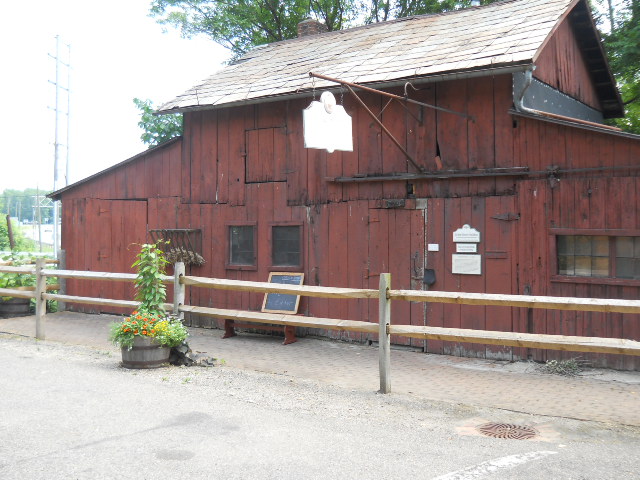Welcome to Tailspin Toys! Here is a bunch of inline content that is distinct to this page only, so it is hard-coded into the content area.
This text is hard-coded into the page because it is unique to this page. Therefore there is no need to make this text into an include file. In fact, that would create unnecessary work. So go ahead and hard-code elements that are specific to a single page.
< ! - -- # include virtual = " footer . html " - - >
< / body >
< / html >
Got the idea? If you use include files, your pages will be much shorter and feature only content unique to the individual page. In this way, visual management of the code is greatly improved.
Other Tips and Tricks
Once you've gotten the idea of how this works, there are other applications for include files as well.
- Includes allow you to use one file on all pages, but also on all the pages in a subdirectory. Simply determine the layout for all the pages in that subdirectory, and create include files for that subdirectory.
- If necessary, you can call includes from within includes as well.
- Explore the built-in FrontPage components. You've already done the hard part: working directly with the server-side code. Have some fun and familiarize yourself with these built-in pieces of code. You can quickly add news, weather, and stock quotes to your page.
Conclusion
In a sense, one of the chief virtues of a good programmer is laziness. That's because laziness leads to smarter approaches to programming that don't require so much work. The programmer strives for simplicity, not only because it is easier to deal with but also because there is less room for error.
Once a site is based on includes, the ease of a future redesign is something that you will greatly appreciate when that inevitable day arrives.
(Please click here to this full text and source. ~~~Nancy)
"... Many even delay a visit to their doctor
because they believe the symptoms are signs of a minor illness."
Approximately 25 percent of people that have pleural mesothelioma symptoms experience them for six months or more before they are diagnosed. ..."
This morning I picked up my Verizon "jetpack - 4G LTE" and within the 'Mobile Network' menu I saw "Network Verizon Signal: - 103 dBm", and ... "Preferred Network - Automatic",
and the term "EVDO only",
under the heading "Preferred Network". My curiosity was sparked and I said to myself,
"What does EVDO stand
for and, what does it mean?"
It's All "In The Blog!" - 'Tech Friend' Videos! My You Tube Channel
Our Cover Page



